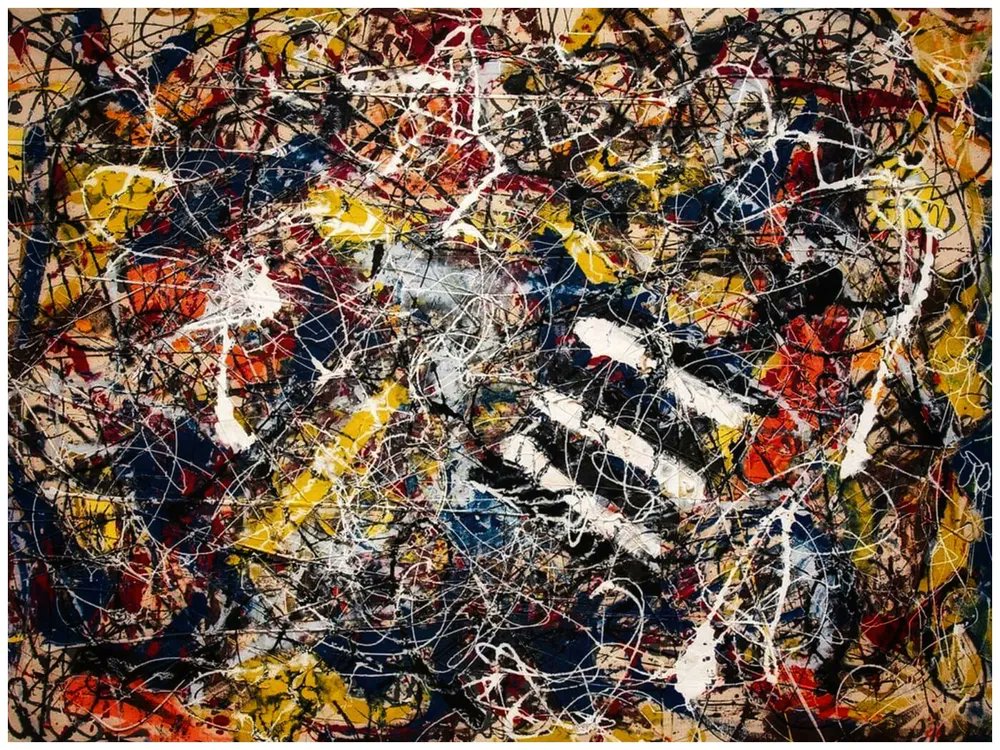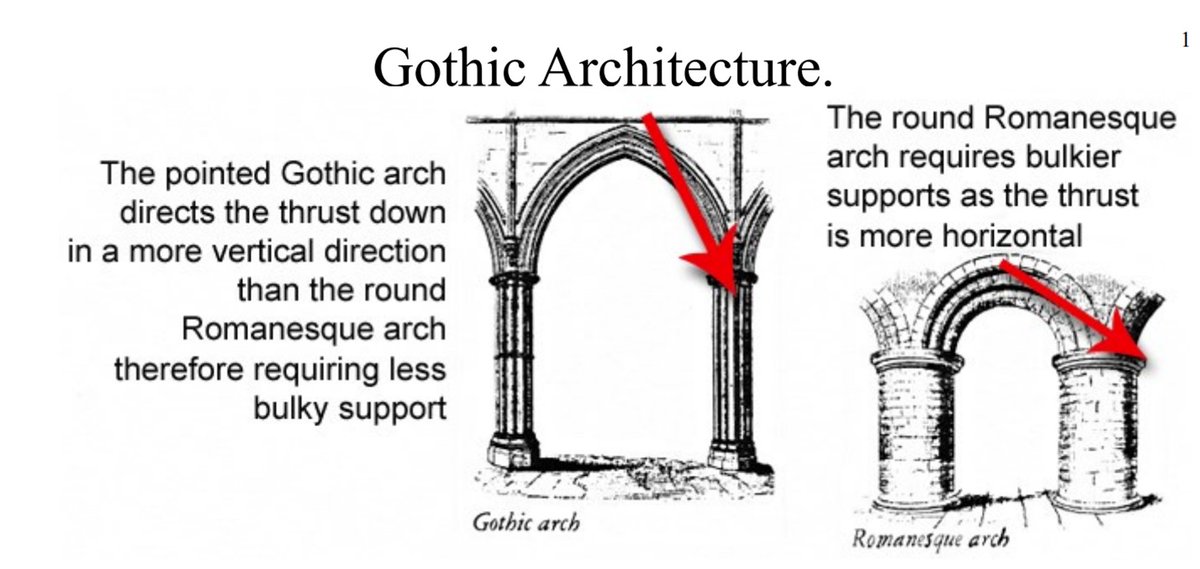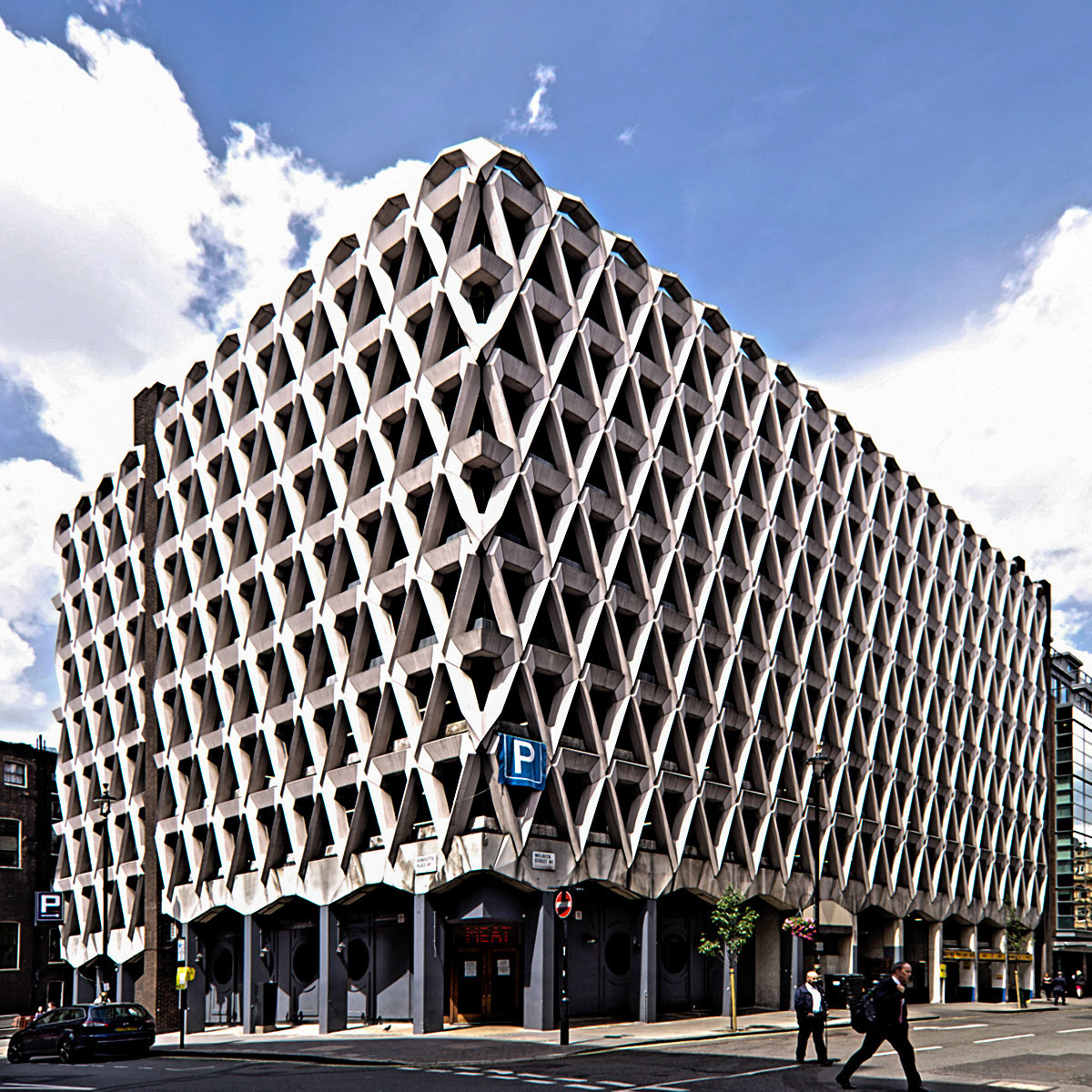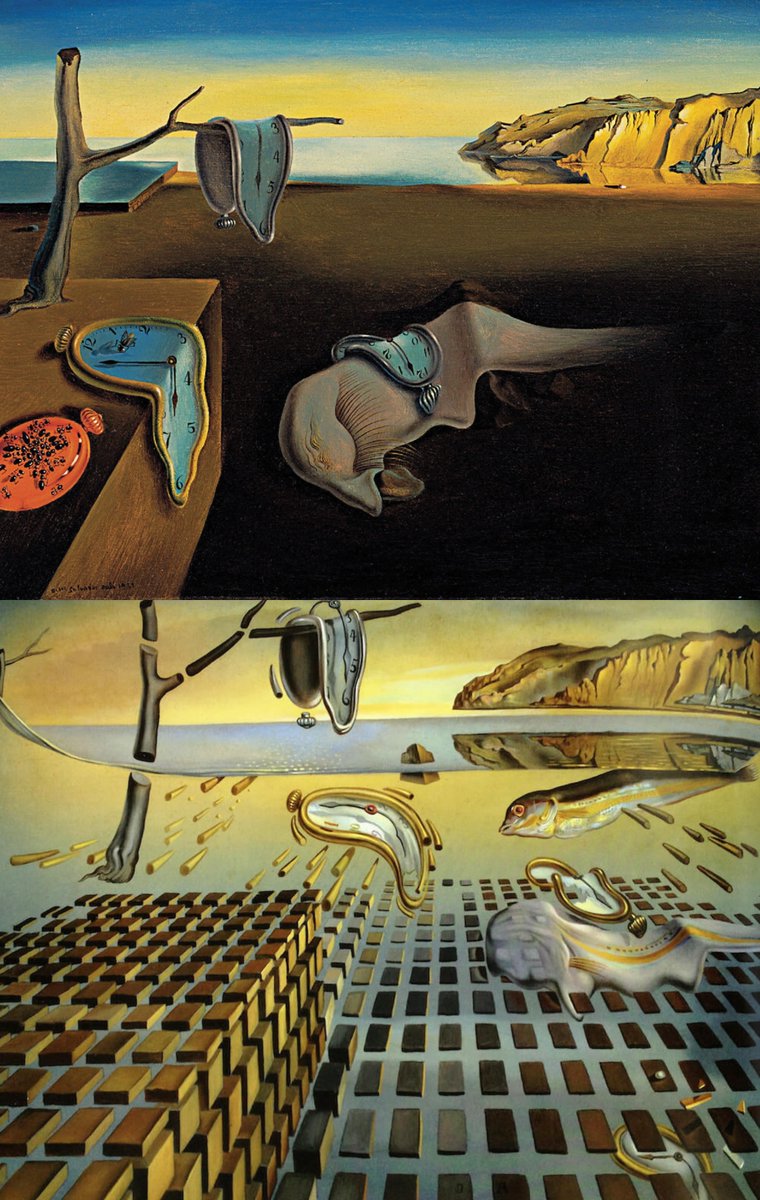
The semicolon is by far the most controversial, confusing, and dreaded of all punctuation marks. But it's a subtle and powerful tool which helps you to use language in a wholly different way.
The semicolon has two functions:
1. Lists
2. Connecting complete clauses
The semicolon has two functions:
1. Lists
2. Connecting complete clauses
1. Lists
Have you ever had that problem when you're writing a list, separating each item with commas, but realised that the items themselves contain commas?
It's a mess.
Enter the semicolon, which can be used *instead* of commas in such a list.
Have you ever had that problem when you're writing a list, separating each item with commas, but realised that the items themselves contain commas?
It's a mess.
Enter the semicolon, which can be used *instead* of commas in such a list.
For example...
Some famous epic poems are: Dante's Divine Comedy; the Iliad and the Odyssey, both by Homer; the Epic of Gilgamesh, which is anonymous; and Orlando Furioso, written by Ludovico Ariosto.
The semicolon adds clarity.
Some famous epic poems are: Dante's Divine Comedy; the Iliad and the Odyssey, both by Homer; the Epic of Gilgamesh, which is anonymous; and Orlando Furioso, written by Ludovico Ariosto.
The semicolon adds clarity.
2. Connecting Clauses
This is where the semicolon really shines. And think of it this way - the semicolon contains both a period and a comma because it's a mix between the two.
It doesn't have the definitiveness of the period, but it's more powerful than the comma.
This is where the semicolon really shines. And think of it this way - the semicolon contains both a period and a comma because it's a mix between the two.
It doesn't have the definitiveness of the period, but it's more powerful than the comma.
The semicolon is used to connect two complete, independent clauses. A complete clause is one which makes sense grammatically on its own.
Here's an example...
Here's an example...
-I will always be here for you. I mean that.
-I will always be here for you, and I mean that.
-I will always be here for you; I mean that.
-I will always be here for you, and I mean that.
-I will always be here for you; I mean that.
Using a comma requires the use of a conjunction, while the period makes the clauses too distinct.
A semicolon lets you associate two ideas or statements more closely than if they were separated by a period and more succinctly than with a comma plus conjunction.
A semicolon lets you associate two ideas or statements more closely than if they were separated by a period and more succinctly than with a comma plus conjunction.
And it also adds some variety to the structure of your sentences and paragraphs.
Two clauses combined with a semicolon form a unique sentence of their own; that in turn gives more weight to the other alternatives for connecting or separating clauses.
Two clauses combined with a semicolon form a unique sentence of their own; that in turn gives more weight to the other alternatives for connecting or separating clauses.
The semicolon adds a whole different texture to your writing, both in style & meaning.
One of the most beautiful and subtle tools in your linguistic arsenal.
One of the most beautiful and subtle tools in your linguistic arsenal.

• • •
Missing some Tweet in this thread? You can try to
force a refresh























